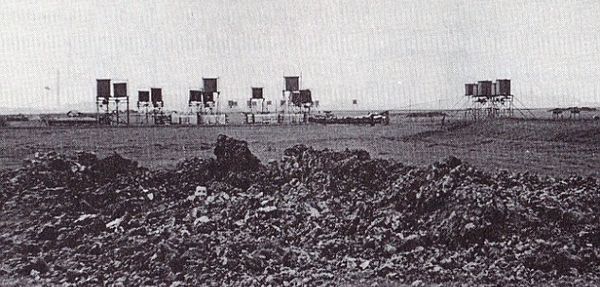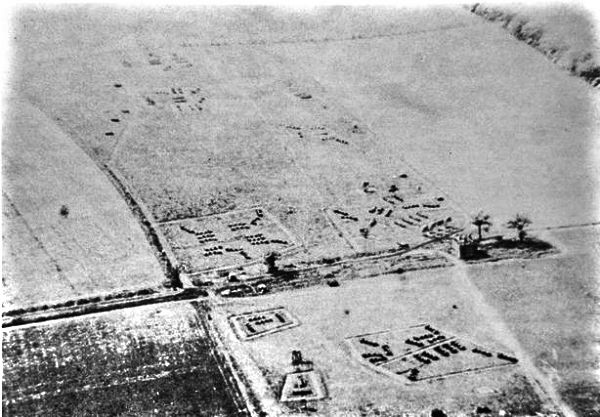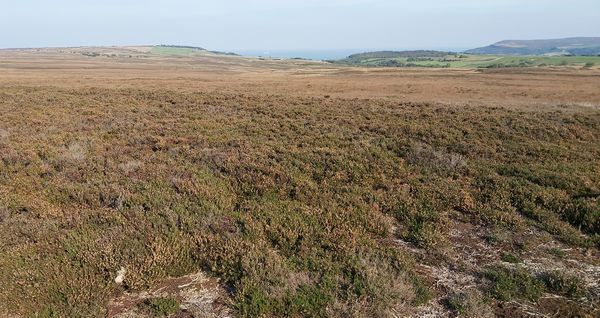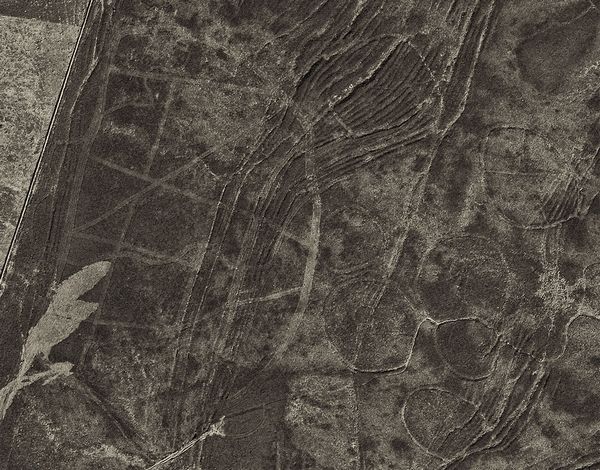Decoy sites in the UK
Special Fire (SF) or Starfish sites were just one part of the overall decoy stategy.
Other elements of this strategy were:
- Dummy factory sites
- 'K' and 'Q' sites - day & night versions of dummy airfields
- ‘QL’ sites - simulations of urban lighting
The Starfish sites were meant to look like fires raging at the intended target and to draw the weight of the enemy attack onto the dummy location.
The effects produced were quite sophisticated with fires differing in type, intensity and duration.
The site had means to control the fires remotely, usually from a building often (bravely) located in the centre of the dummy site.
A section of a Starfish site showing tanks of fuel and water that would be flushed onto burning straw (or other combustible material)
A 'QL' site was often located within a Starfish site and simulated urban areas. They included street lighting, lights from open doors and flashes from tram wires. This apparent careless blackout lighting would attract the enemy bomber force away from its intended target.
By the end of the war there were 237 Starfish sites protecting 81 cities, factories and other potential targets.
Unsurprisingly, there are very few images of these secret installations
The above shows a typical site spread out over several fields

This is Sneaton Moor, 8km south of Whitby. It was both a QL and Starfish site intended to lure the bombers away from Teesside.
There is no record as to how successful this site was.

An aerial view of the site gives a clearer indication of remaining earthworks.
I believe the track visible bottom left is the one that enters the area from John's Cross.
For more details visit Historic England (link opens in a new window).
Some Starfish installations were more successful than others.
There are reports of a spectacular success being achieved on April 17-18th 1941 when Portsmouth was raided and 90% of the bombs aimed at the city fell on the Starfish decoy site on Hayling Island.
However, other sites record receiving very few bombs and postwar investigations of a reportedly successful site found no bomb craters.
Overall it is considered that 5-10% of German bombs fell on decoy sites.